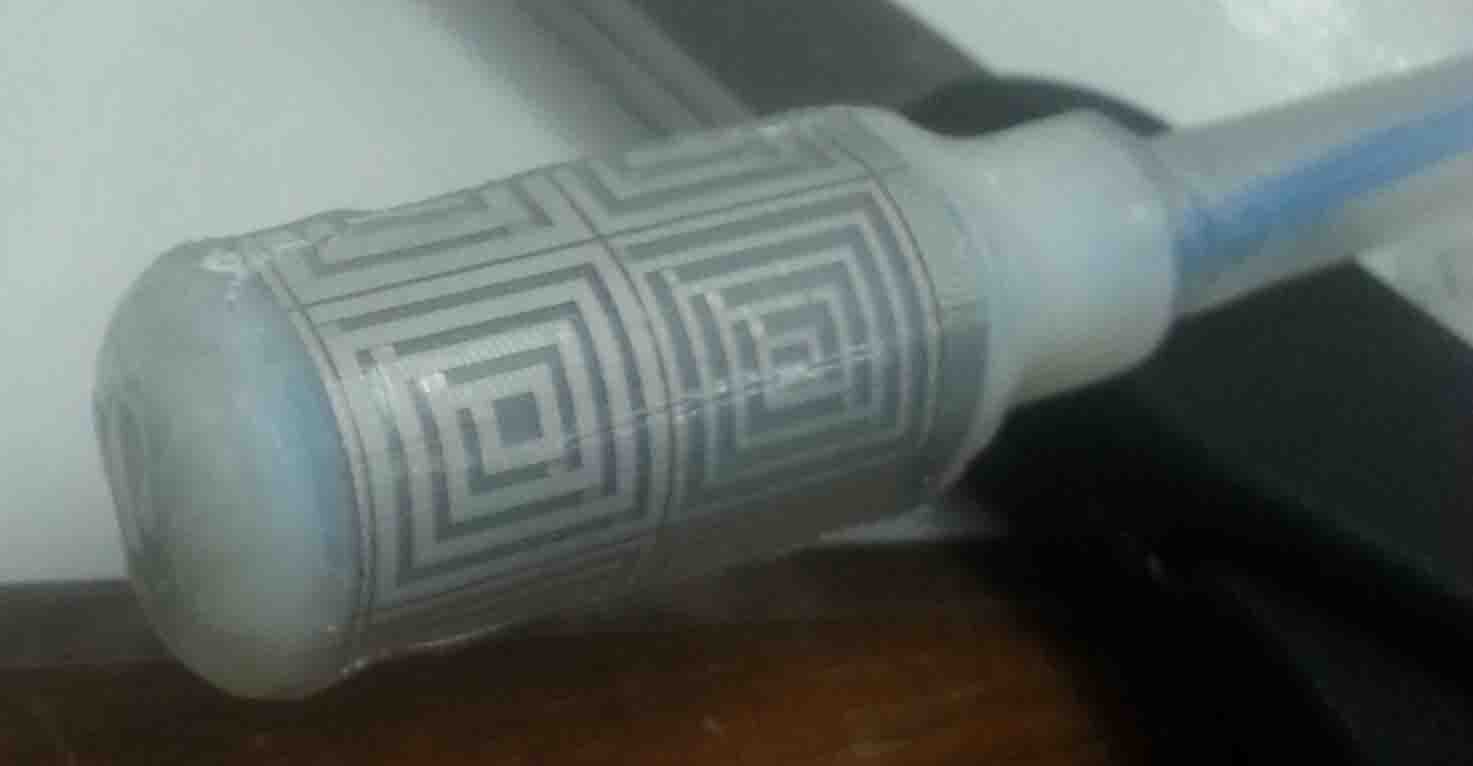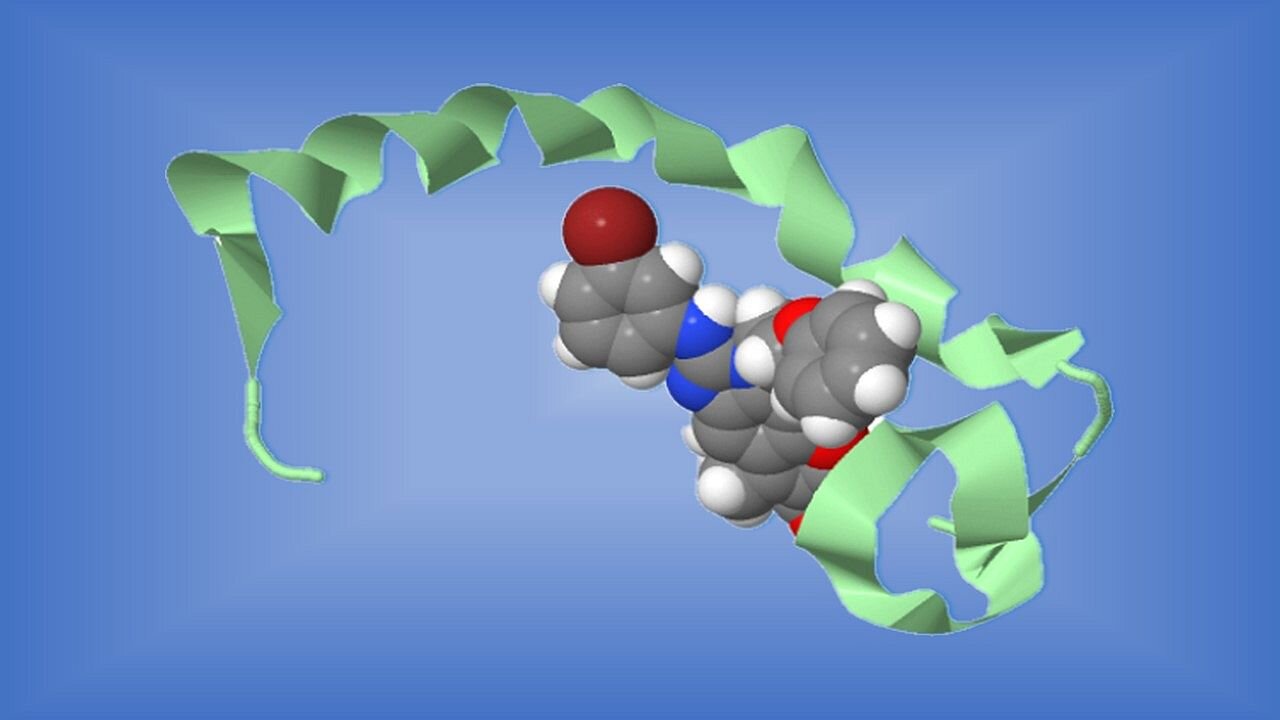
The discovery of a circuit in the brain of mice that makes them seek fatty food, even when they are not hungry, could have implications for future understanding of and treatment for human eating disorders
A new study has shown that food-seeking cells exist in a part of a mouse’s brain usually associated with panic — but not with feeding. Activating a selective cluster of these cells kicked mice into ‘hot pursuit’ of live and non-prey food, and showed a craving for fatty foods intense enough that the mice endured foot shocks to get them, something full mice normally would not do. If true in humans, who also carry these cells, the findings could help address the circuit that can circumvent the normal hunger pressures of ‘how, what and when to eat.’
People who find the...
Read More








Recent Comments